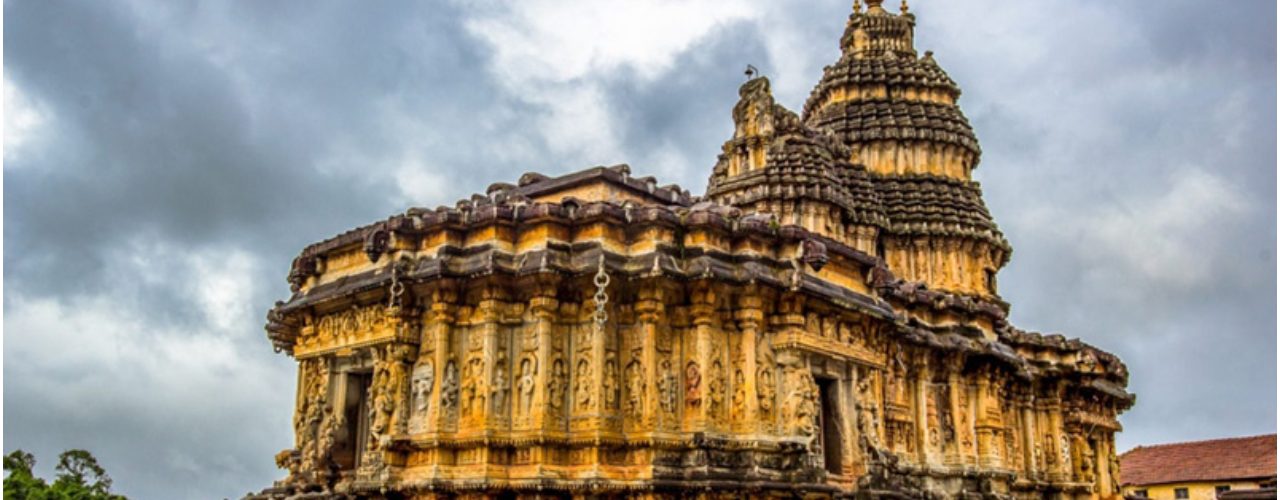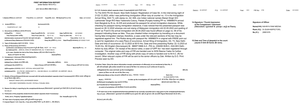
Mobilenews24x7 Bureau
Urbanisation to live dreams is an anathema to an Indian society and that is what the truth is. Never exit from your roots to live in the false glitters of urban culture is what Dr.Rubia Bukhari is on a mission to prove.
Meet Dr Rubia Bukhari, a sericulturist from border town Poonch in Jammu and Kashmir, who is on a mission to preserve the culture and prevent migration of masses to cities for earning livelihood.
Awarded with Young Scientist Award, Best Thesis Award, Women Researcher Award and Young Emerging Lecturer, and Best Faculty Award and authored four books, Dr Rubia is an inspiration to young brains, migrating from their roots and adopting urbanisation to live dreams.
Presently, a professional lecturer in the Department of Sericulture, Poonch Campus, University of Jammu, Dr Rubia completed Ph. D Titled: “Genetic Diversity Analysis of Indigenous Silkworm breeds (Bombyx mori L.) using morphological and molecular markers” under the Guidance of Prof. Dr R. K. Bali in 2019 from Sher-e-Kashmir University of Agricultural Sciences and Technology of Jammu (SKUAST-Jammu).
In a conversation with UNI, Dr Rubia says that for economic development and importantly, preventing migration of people to urban areas for employment, motivated her to pursue a career in the Sericulture field.
“As we are witnessing that rearing of silkworms is a rare sight these days in Jammu and Kashmir but to keep this traditional and one of the oldest professions alive, I chose Sericulture, and over a period, it has made some of the efficient processes involved with the help of the advancements made in technology,” Dr Bukhari said.
“In Jammu and Kashmir, Sericulture supports almost 60 percent of its rural population and it would not be wrong terming it as backbone in generating economy in the industrial sector,” said the Sericulturist adding that Silk in fact has a great deal of evidence in ancient literature that the silk thousands of years ago originated in Kashmir.
Before pursuing Ph.D, I completed my B.Ed. in 2015, and Masters in Sericulture in 2014 from University of Jammu and Ph.D from SKUAST-Jammu, Dr Bukhari said.
She has specialization in Gene manipulation, Silkworm Biotechnology Gene Expression, Gene Characterization, Molecular Biology, Biotechnology techniques, Silkworm Breeding, Genotyping / DNA fingerprinting, ISSR and RAPD genotyping and data analysis, Marker assisted selection, Molecular diagnostics using PCR, QPCR, RT-PCR, cDNA library preparation, Southern Hybridization, Western blotting, Gel Electrophoresis (Agarose as well as SDS Page), Isolation of DNA/RNA from plants and insects, Silkworm Breeding, Experimental designing, Use of statistical tools like SPSS,
MS tools, PAST-3 Software, R-Software for biological data analysis, ANOVA, Multivariate data analysis, Regression analysis, Linear modelling.
“I have 30 original research publications to my credit published in national and international journals,” said Dr Bukhari, who is now having a teaching experience of around four years.
Sharing some of the recent advancements in the Sericulture sector, she said the government has included the Sericulture as agriculture allied activity under RKVY that enables the sericulturists to avail the benefits of the scheme for the entire Sericulture activities up to reeling.
“Sericulture has undergone a major transformation through technologies such as gene therapy, gene editing, nano-biotechnology, transgenic technology etc while the Bio-nanotechnology advancement leads to the production of silk structures that can be used in water filtration devices and the drug delivery,” she revealed.
Notably, Lieutenant Governor Manoj Sinha headed Jammu and Kashmir Government under Holistic Agriculture Development Programmes has prioritised 29 projects in 2022, out of which worth for Sericulture is Rs 93 crores.
“Doubling of silkworm seeds and cocoon Production and regaining of J&K’s glory as a producer of high quality bivoltine silk is the key focus besides planting 10 lakh Mulberry trees and creation of State-of-the-art Automatic Reeling facility,” said the Sericulturist.
Inspiring the young entrepreneurs with self-motivation and confidence to achieve their goals, Dr Rubia appeals to those into this profession or trade, to utilise recent Sericulture technologies to assist everyone flourish in the industry.
Jammu and Kashmir Additional Chief Secretary (Agriculture Production Department), Atal Dulloo, who has recently been elevated as Secretary in the Government of India told UNI, “Sericulture is practiced as a subsidiary source of income in approximately 2880 villages spread across all 20 districts of the Union Territory involving around 34000 families.”
“Around 1100 MT of the cocoon, yielding 146 MT raw silk is produced annually in the UT with income generation of about Rs 25.00 crore under pre-cocoon sector and an estimated Rs30 crore under post- cocoon/yarn production excluding value additions in silken fabric/products sales,” said Dulloo.
He said that Udhampur, Rajouri, Kathua, Anantnag, Bandipora, Baramulla and Kupwara are the major Cocoon producing districts in the UT.
“J&K has a tremendous scope for increasing silk production and can emerge as a leading supplier
of raw silk for national and international markets. The Government of Jammu and Kashmir has taken best possible efforts towards achieving the desired target of production of quality Bivoltine cocoons for silk production,” the ACS revealed.






